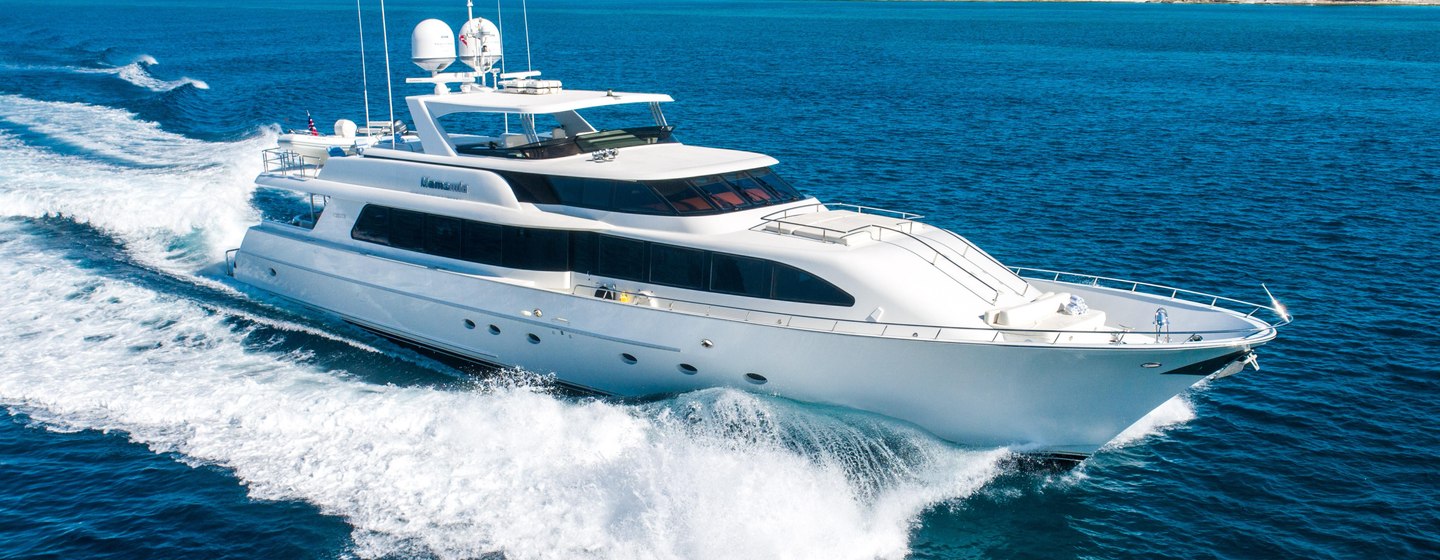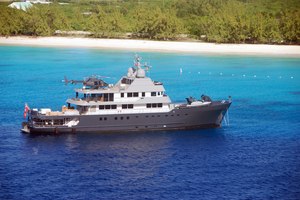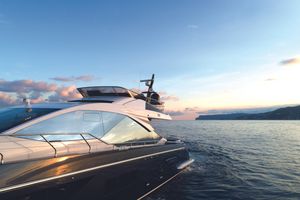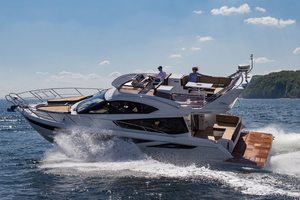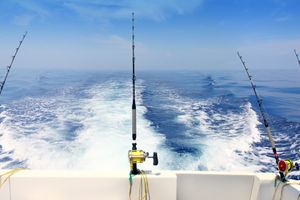By building on an existing platform that yacht buyers have come to know and trust, shipyards introduce generations and marks as a way to improve their products while maintaining overall continuity. In some cases, there can be significant changes, or alternatively, only minor tweaks. This is why it’s important for yacht buyers to understand the generational variations between yachts of the same model.
A generation or mark is sometimes considered to be the lifespan of the yacht, however, many older generation vessels are very similar to their new counterparts. This can result in some good deals becoming available on older, pre-owned yachts of a different generation.
The Basics
Most modern production models last four to six years before being replaced. But within that period they might be updated several times in terms of design, finish, or engine power.
When the model is first launched it is the first generation or Mark I, but as updates are made there has to be a way of differentiating and identifying the newer versions from the previous ones.
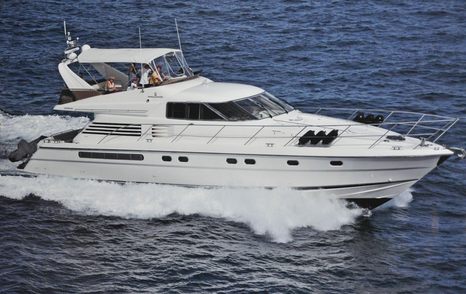

Beginning with what is often the same hull, deck, and superstructure, there may be several updates made over the years, consisting of cosmetic refreshes and specification changes. As a result, there may be several generations of a single model which need to be identified.
Of course, some models might not have any major updates, or a builder may simply not reveal any smaller changes. In the latter case, it makes it even more important to understand what the changes were and when they were made. A yacht broker or dealer is invaluable here, as is the YachtBuyer History section for each builder; so make sure to use the History button when looking at yachts to purchase.
READ MORE
Next-Generation Yacht Pricing
Almost always, a next-generation yacht will include some form of price increase. This might simply be down to inflation or it might be due to a higher specification.
Prospective buyers might be given the opportunity to purchase the first iteration of a yacht model when the builder and dealer are keen to move numbers. Some buyers of larger yachts actually work with the builder on new yacht developments, effectively bankrolling hull number one; the payoff being a very good deal for the buyer and financial security for the builder.
Others may prefer to wait for potential teething problems to be sorted, buying a later Mark I or a Mark II. There's an important consideration here, though.
The iPhone Effect
Most of us have bought a piece of tech only to have it superseded the next week. Whilst it's one thing to have an immediately outdated phone, it is quite another to have the same thing happen with a yacht that could potentially devalue.
The used market will generally price a Mark II above a Mark I, so if you buy a late Mark I you either need to know you're getting a good deal or be happy that the extra time you might have with your yacht is worth the possible depreciation. Either way, it is always worth asking if a new generation model is due any time soon.
Generation Updates
Whilst changes to a yacht model can be a multitude of things, builders often focus on specific areas that add a sense of change and value. Here are a few typical ways in which a vessel's design, finish, and specification can be enhanced.
Interior Updates
- New cabinetry and furniture designs
- Styling and finish changes
- Cabin layouts
- Galley layout
- Improved crew quarters

Exterior Updates
- Window lines
- Deck furniture
- Hull color or styling
- Sunroof size
- Tender garage
- Bathing platform
- Balcony
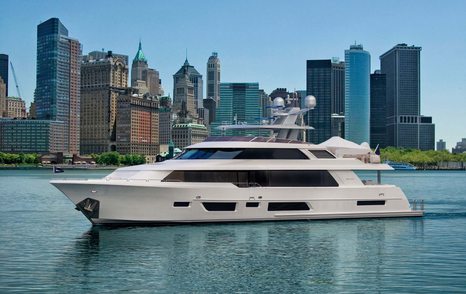
Improved Specification
- Teak decking
- Navigation equipment
- Air-conditioning/heating
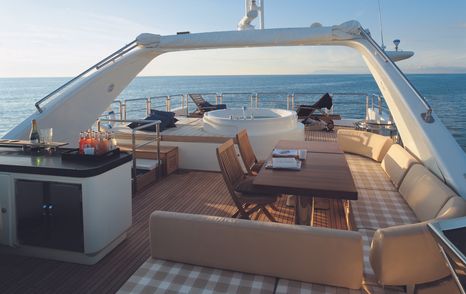
Drive Systems
- Engine size/model
- Switch from shaftdrive to pod drive
- Hybrid option

Case Study: YachtBuyer 55 Flybridge
Let’s assume a 17m (55ft) yacht was launched in 2015. It sells well in its first year, but to keep interest levels up the builder adds a few changes to the interior and increases the standard specification.
The second-generation (Mark II) model continues to sell well, but now, a few years since its debut, the design for this yacht length has moved on. The builder announces a third-generation (Mark III) model with a series of changes, enlarging the superstructure windows, adding hull-side glass for the master stateroom, a new cabinetry finish, and upgraded engines.
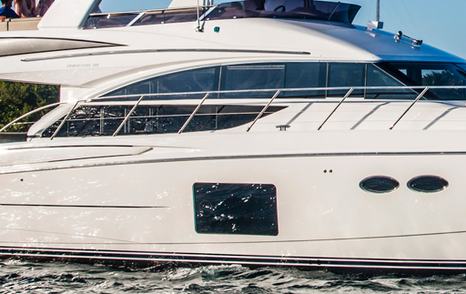
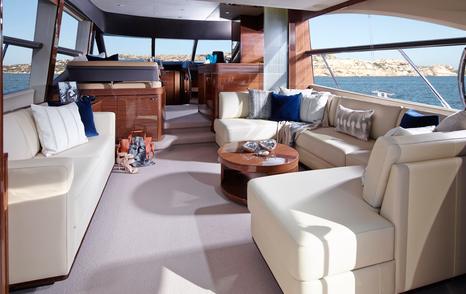
Now in its fifth model year, the design of the builder’s current models has changed, and the 55 looks out of character for the range. For a last hurrah, the yacht gets a new interior finish and upgraded specification, becoming a Mark IV, before being replaced by a completely new model.
As a buyer, you want to know when these generational changes were made, especially if a particular version of the yacht was considered the best all-around package.
At the same time, as the generations have progressed, it is a fair assumption that the new yacht price will increase, leading to potentially higher used market values; unless a later iteration was unpopular with buyers.
What is not Considered a Model Generation?
It's worth noting that model generations should be evolutions of the same yacht and run fairly concurrently, with no huge breaks.
If a builder offered a Flybridge 55 from 2007 to 2012 before withdrawing it, but brought out another Flybridge 55 in 2020 with a completely different design, that isn’t generally considered a generation or mark. It is simply a new model that shares the same model designate.

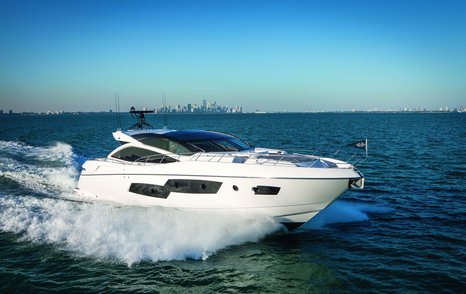
Why do Yacht Model Generations Matter?
As we have seen, the generation of a yacht affects its new price, and so has a knock-on effect for used buyers. Used yacht market values are broadly based on what buyers are prepared to pay. This can be affected by age, specification, pedigree, and reputation.
Next-generation yachts will normally increase in cost, with inflation making a Mark II more expensive than its predecessor. This carries into the used market, where a Mark II yacht will usually have a higher value than a Mark I.
There is often some value behind the increased costs. As a model develops, the builder will gain a better understating of its yacht, finding ways to improve its construction and design.
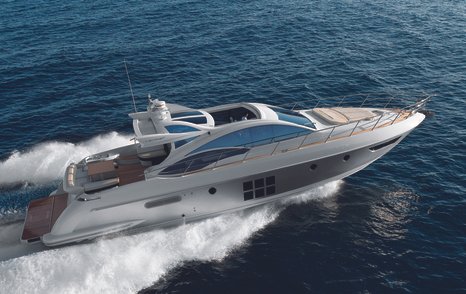
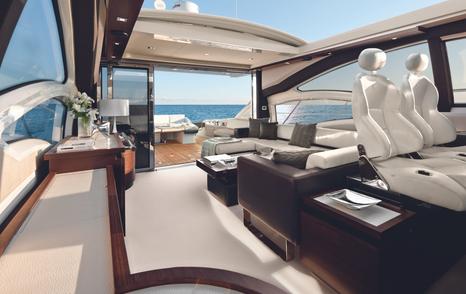
There are always exceptions to this theory, though. As noted above, during the model’s lifetime there may be moments when the entire design and specification hits a sweet spot, when the engine options, interior/exterior finish, and overall balance of the yacht just seem to work. This might result in a Mark II being the pick of the bunch, enjoying a higher market value than a Mark III or IV.
Conversely, there may be a generation when the designer or builder got it wrong by changing a popular feature or altering the styling to the vessel's detriment. As a result, there may be a premium to pay for sought-after generations, with demand protecting the market value. Alternatively, a bargain might be available for a less-desired version. To put it simply, you want to avoid paying top money for a less sought-after yacht.
There is no hard and fast rule as to how many generations a model with live through, but we can assume that most contemporary production yachts will last around four years and that a couple of upgrades will happen in that time."
Are all Yacht Generations an Improvement?
Not all generational upgrades are seen as positive or popular. Engine choice is a common issue, perhaps the new engine is heavy, noisy, or inefficient.
Aesthetic changes, such as hull colors or cabinetry choices are also common turn-offs. Perhaps the owner’s cabin is rejigged unsuccessfully, or a new window line or deck layout doesn’t quite work?
Whatever the issue, the market values can be affected, so it helps to know which generation suffers which perceived flaw. There is an upside to this, however, as a less popular yacht will be cheaper to buy and so if you’re happy with the design or specification, you could grab a bargain.
The 'Last in the Series' Yacht
As a final note, let’s consider the final generation of a model when the builder has honed the design for several years and the build team knows the vessel inside and out. Add in what might well be a very full specification and a tempting price and a final-generation yacht starts to look like an enticing prospect.
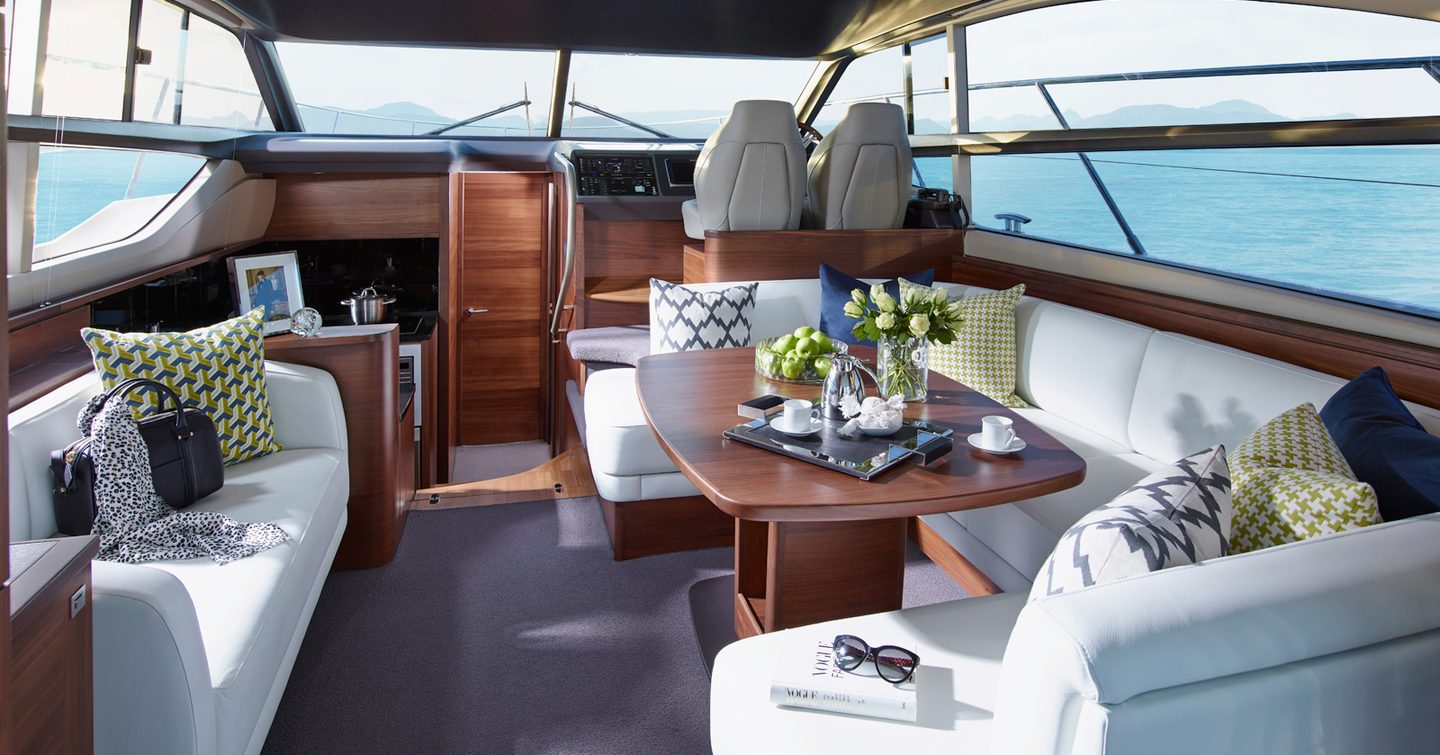

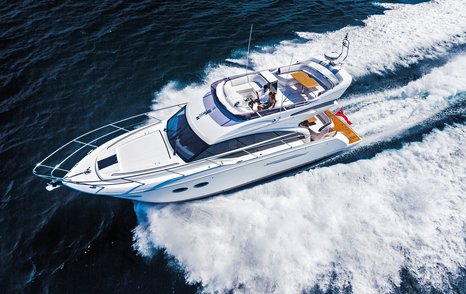
However, the price needs to be low if a new replacement model is soon to be launched — one that might have a negative effect on your boat’s market value.
